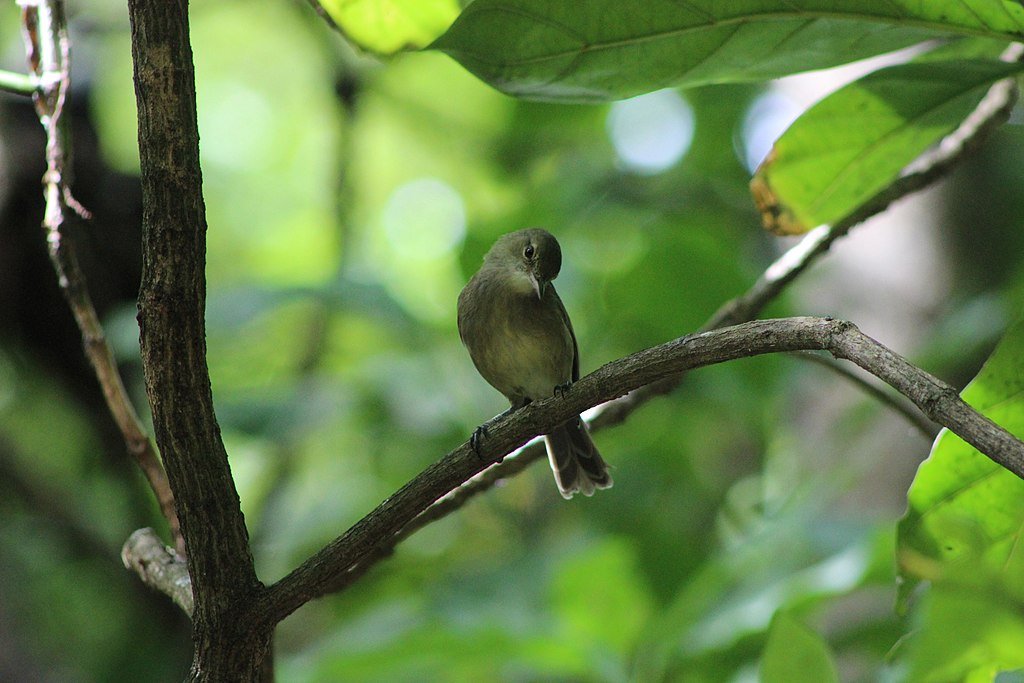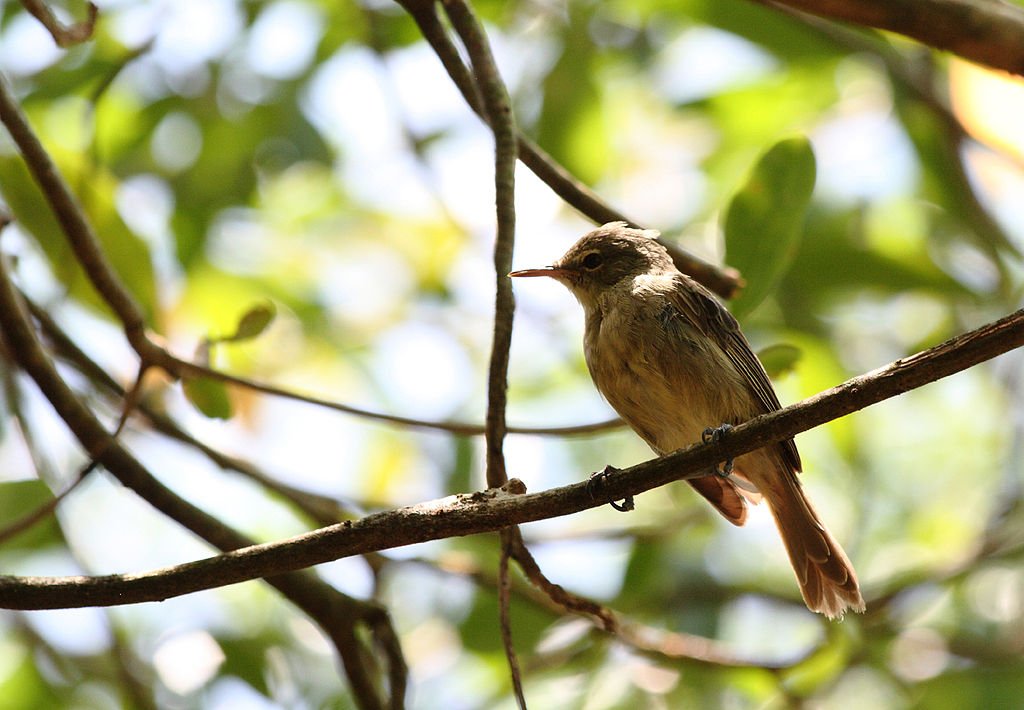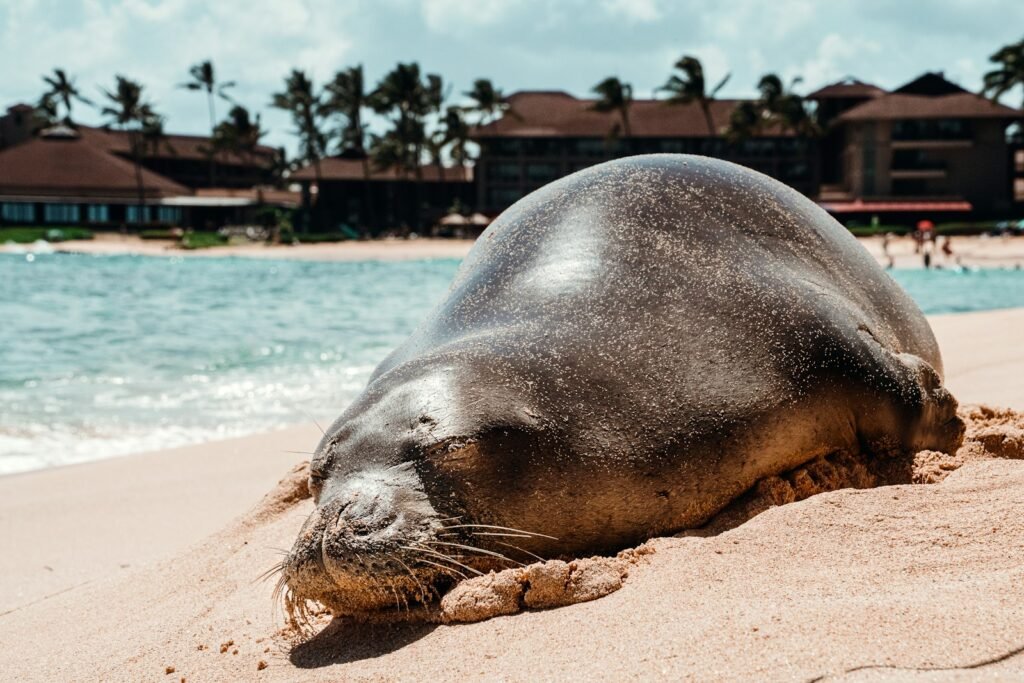A long-term study of Seychelles warblers has challenged the assumption that stable pair bonds improve chick survival. Researchers found that mate-switching among these birds had no measurable impact on offspring health, longevity, or reproductive success. The study suggests that Seychelles warblers may have evolved flexible reproductive strategies, allowing them to adapt socially without harming their young.
Investigating Mate-Switching in Seychelles Warblers

Researchers analyzed 25 years of behavioral and genetic data from Seychelles warblers on Cousin Island, tracking 1,109 offspring and their parents. Breeding pairs were monitored across seasons, with scientists measuring physiological markers such as telomere length, hematocrit levels, and body condition. The results showed no significant differences between chicks raised by long-term partners and those whose parents separated, indicating that mate-switching does not negatively affect chick development.
The Significance of Social Monogamy in Birds
While approximately 80% of bird species exhibit social monogamy, their actual mating systems can be more complex. Many monogamous birds engage in extra-pair matings or occasionally switch partners, prompting researchers to investigate the effects on offspring survival. This study suggests that in Seychelles warblers, monogamy does not offer a survival advantage compared to mate-switching, contradicting traditional views that pair stability improves chick fitness.
The Unexpected Influence of Maternal Loss
Although mate-switching had no impact on chick survival, researchers discovered an exception—offspring whose mothers died exhibited shorter telomeres, which are associated with biological aging and stress. However, these chicks still reached adulthood and showed no differences in reproductive success. This suggests that maternal loss may have short-term effects on chick physiology but does not significantly alter long-term survival.
What This Means for Bird Behavior Research
The findings challenge long-standing assumptions about monogamy’s benefits in socially monogamous birds, adding complexity to our understanding of avian reproduction. Scientists plan to investigate whether similar trends occur in other bird species that exhibit mate-switching. Future research may uncover additional behavioral and genetic factors influencing how birds balance social bonds and reproductive success.
Conclusion

Mate-switching among Seychelles warblers does not appear to affect chick health or survival, suggesting that stable pair bonds may be less critical for reproductive success than previously believed. As scientists explore how birds navigate social relationships, these findings highlight the adaptability of avian reproductive strategies and their role in shaping population dynamics.
Source:





